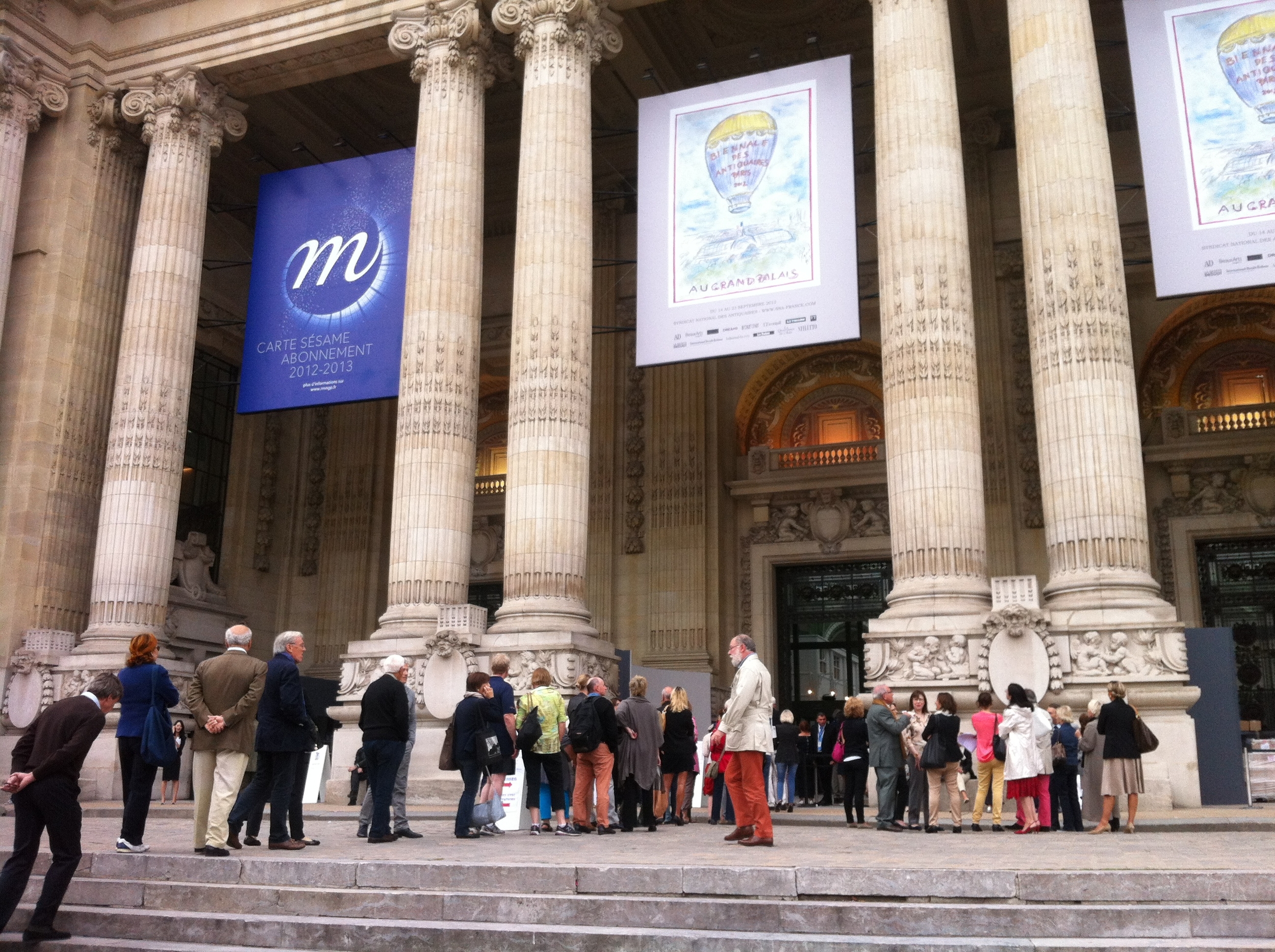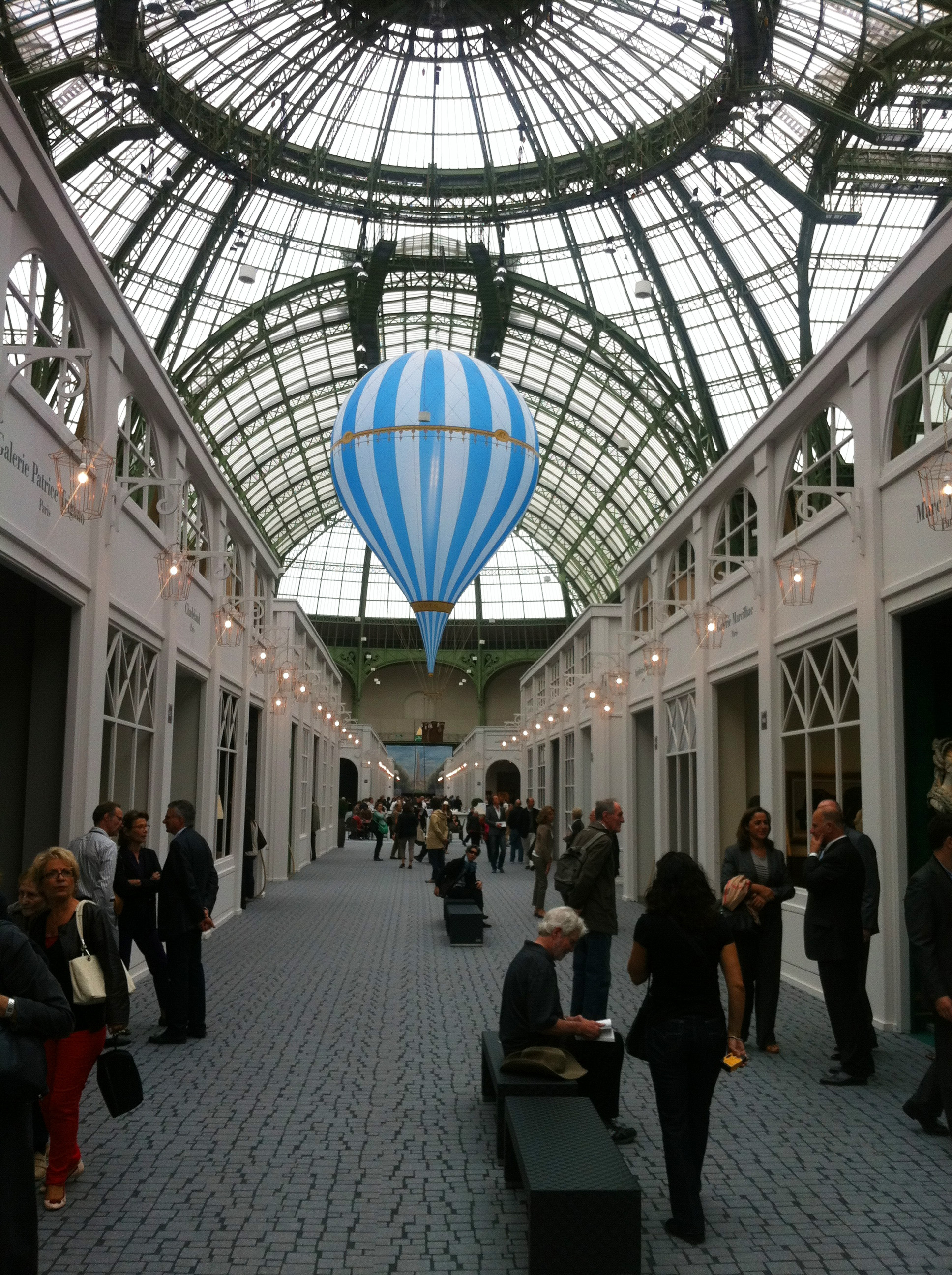Last week the Art Investment Council (AIC) presented a private panel: Is the Art Market in a Bubble?
Moderated by Stephen Brodie, partner at Herrick, Feinstein LLP, the panelists consisted of Benjamin Mandel, Economist at the Federal Reserve Bank of New York, Michael Moses, Co-Founder of Beautiful Asset Advisors, Michael Plummer, Co Founder & Principal at Artvest Partners LLC and Barrett White, Senior Vice President, Christie’s, Post War & Contemporary Art.
Michael Moses described a market bubble in terms of return: a bubble means annual growth of at least 25% per year, for at least five years in a row. A few obvious examples include Japan during the 1980’s and the U.S. from 1995 to 2000.
During discussion, all panelists confirmed what experienced professionals working in the field know well, and that which makes it such a unique beast –more than any other, the art market is driven by emotion, collector psychology and confidence (or lack there of) in the market. Following the 2008 economic collapse, the market experienced the shortest contraction in history (3 years) due largely to consumer confidence in art as an asset class. Those who stayed away from the sales in 2009 began to feel they were missing out on some favorable prices, and those who had refrained from selling saw sales jump.
Other topics of discussion throughout the evening included art funds (15-20 years in the future), online price databases (collectors love them while dealers feel they can betray their own purchase prices to clients) and regulations and commission transparency along the lines of the real estate market (it will happen when the scale of the art market demands it).
The final verdict? The general consensus among all was that the art market is not in a bubble – yet. What leads to a bubble? Panelists cited troubles in China, which constitutes 40% of the auction market, and the struggling Euro. Perhaps the most insightful explanation (or warning) of a bubble is the ignoring of connoisseurship in one’s field. This in turns leads to inflated prices being paid for inferior works, a phenomenon seen in the early to mid 2000’s.


